The first time that Jon Freeman saw his new house, he already had the keys.
Jon, from Cambridge in the UK, owned the property on paper by the time he viewed it in person. He broke the first rule of buying a house – sign without viewing – and he couldn’t be happier.
“I love it, that was lucky!” he told The Local in August, when he flew to north-west Italy to find out whether his gamble paid off.
By the time Italy went into coronavirus lockdown in March 2020, Jon had been looking for an Italian home for two years – and he’d already missed out on one property that went to another bidder before he could make it over from the UK.
So at an extraordinary time, he decided to take an extraordinary risk.
Was it as crazy as it sounds? We asked Jon to explain his house-hunting process, as well as what he’d advise others looking to buy in Italy in a year like no other.
MORE ON PROPERTY:
- How not to buy a house in Italy: The top mistakes to avoid
- Why finding a bargain Italian property could be harder than you think
- Escape from the city: These are the 21 cheapest Italian provinces to move to
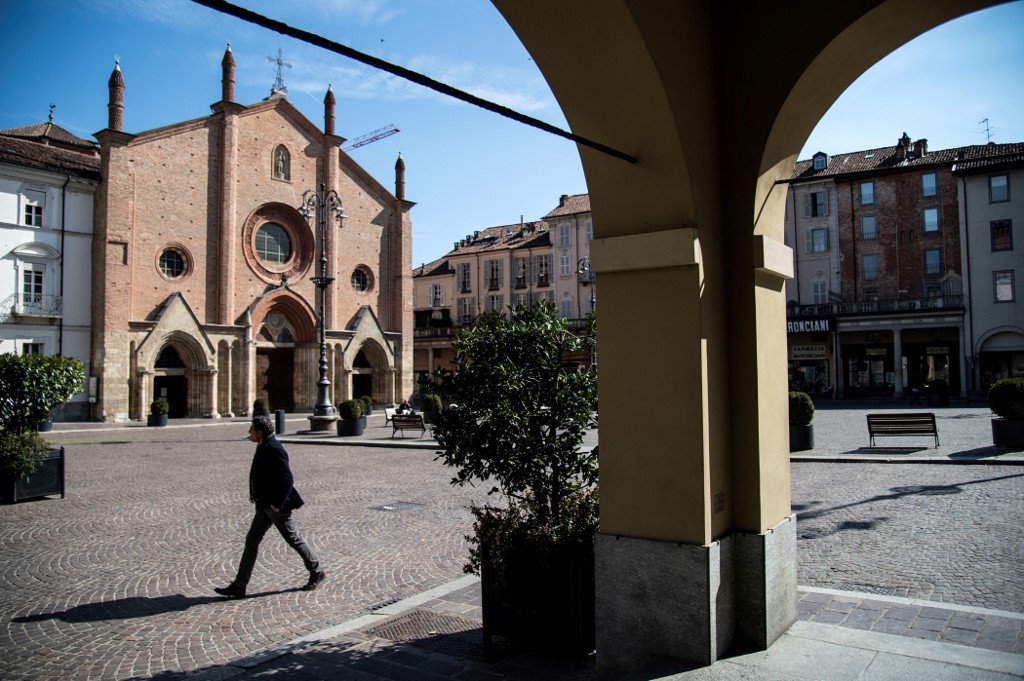
The province of Asti, Piedmont, is among the cheapest places to live in Italy. Photo: AFP
Jon knew he wanted a second home in Italy, but he wasn’t set on where.
Having only ever visited cities, he allowed his search to be guided by price. Looking at property listing website Gate-Away, which specialises in second homes in Italy for overseas buyers, two regions seemed to fit his “very limited budget”: Abruzzo and Piedmont.
“Let’s start diving into what’s in these regions a touch deeper – transport links, airports with flights from UK, beach and ski access, climate… me and the sun don’t get on that well,” explains Jon. “Seems Piemonte is in the lead – the final straw was a quick search on earthquake activity on the last 50 years, wow! Bye Abruzzo, Piemonte just won!
“Cool – now I’ve some focus… Where? It’s a fair size region and I want beach access with under an hour if possible. Ok, south of Turin it is, as I also plan to drive I want motorway access fairly close, oh, and don’t forget the skiing!”
READ ALSO: The very best Italian towns to move to – according to people who live in them
He settled on the area around Ceva, a town in the south of Piedmont. But despite finding a few properties that fit his criteria, “nothing was getting me excited enough to actually fly out and see it for myself”, Jon says.
Eventually, after checking online property listings weekly for more than a year, he spotted a place he really liked. He contacted the estate agent, confirmed it was still for sale and planned to fly to Italy in two weeks, the earliest that work commitments would allow him to travel.
But just as he was preparing to book flights, there was bad news from the agent: another bid had been accepted earlier that day.
“Damn – that’s the best one I’ve found in my whole time searching… Start again, this is how life is,” he recalls thinking.
OTHER READERS’ STORIES:
- ‘I’d just found my little piece of paradise in Umbria, and now I’m longing to return’
- ‘How we renovated an apartment in a historic Bologna palazzo’
- The ups and downs of buying a property for retirement in a hilltop village in Italy
Early this year another house caught Jon’s interest, this one in Montezemolo, a small village in the same province as Ceva.
Listed at €50,000, it was detached, had two bedrooms, came with some land and lay within walking distance of a bar, bakery and restaurant – enough plus points that Jon thought it would be worth travelling from the UK to see it.
But this time there was a bigger problem: the coronavirus pandemic, which had prompted Italy to tightly limit travel to and within the country. Someone from the next region over wouldn’t have been allowed to view the house, let alone someone from another country.
The Italian estate agent told Jon he’d have to wait until the restrictions were eased. He asked the agent to inquire how low the seller might go on the price. The answer came back: €38,000.
“Wow, that’s in my budget, detached which many I’ve seen aren’t, actually in the best state of repair I’ve seen and the closest I’ve ever found to some kind of shop… ‘Ok! Bid the amount!’” Jon recalls himself telling the agent.
READ ALSO: House-hunting in Italy: the essential vocabulary you’ll need
While the agency couldn’t quite believe it, they went ahead and placed the bid – and it was accepted a few weeks before Italy lifted its restrictions on travel between regions and reopened to visitors from within the EU.
“The agent suggested there were hundreds of people asking to view as soon as lockdown was over but there was only one person mad enough to get his money out and go for it just from 15 pictures on the internet,” said Jon.
It would be another couple of months before he would see the house in person. He travelled to Piedmont in early August to sign the paperwork, collect the keys and find out “what my life savings have turned into”.
Fortunately for Jon, he wasn’t disappointed.
“What was bought as a holiday home is currently steaming into first place as my new home! It’s everything I ever dreamt it would be and more,” he says.
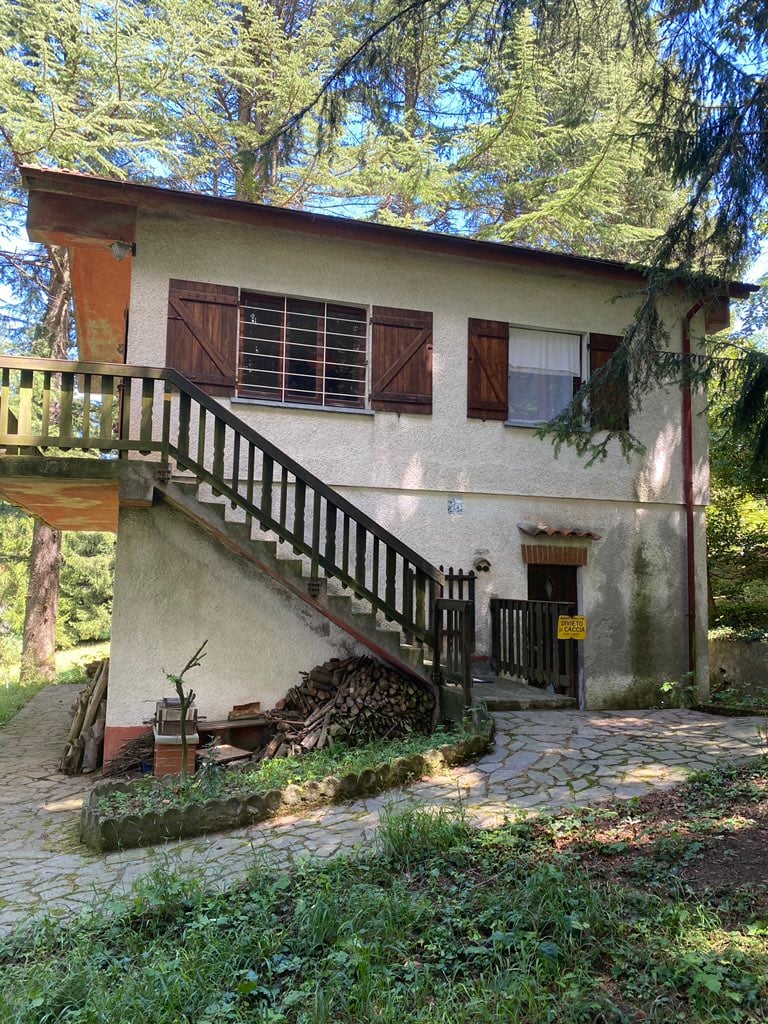
Jon’s new house in Montezemolo, Piedmont. Photo: Jon Freeman
While Jon got lucky, there were a few other things in his favour too: firstly, he’d done two years of research. He’d thought about an area to look in, spent time comparing properties and considered the amount of renovation he could take on.
He’d received a property survey that didn’t flag any major structural problems. And he’s willing to tackle the less urgent work the house and garden need, including clearing out old furniture, adding an oven, replacing the single-glazed windows, cutting down a few trees and making a driveway.
He was looking for a second home, so he didn’t need to be within commuting distance of a workplace or school, nor to move in right away.
He also wasn’t borrowing from an Italian lender, which can prove difficult to secure and add to upfront costs. And he’ll still have to pay sales tax, the agent’s commission, stamp duty and other local taxes on top of the house price.
READ ALSO:
- The real cost of buying a house in Italy as a foreigner
- How long will British second-home owners in Italy be able to stay after Brexit?
One factor he couldn’t have foreseen was that the sellers, a mother and her daughter, would be keen to make a quick sale. Her husband, who built the house in the 1960s, passed away from Covid-19 and his family “just wanted it sold”, Jon says.
But if you’re house-hunting in Italy at the moment, you can’t assume that every seller will feel the same.
It’s a mistake to think Italian families are willing to part with treasured properties for peanuts amid the current crisis, Dave Benton of Abruzzo-based real estate agents Vignaverde recently told The Local.
“Understand the reasons why people sell, be mindful of their sacrifices. There are people here who saw and survived the atrocities of World War Two. The coronavirus won’t make anyone give away their homes,” he advised.
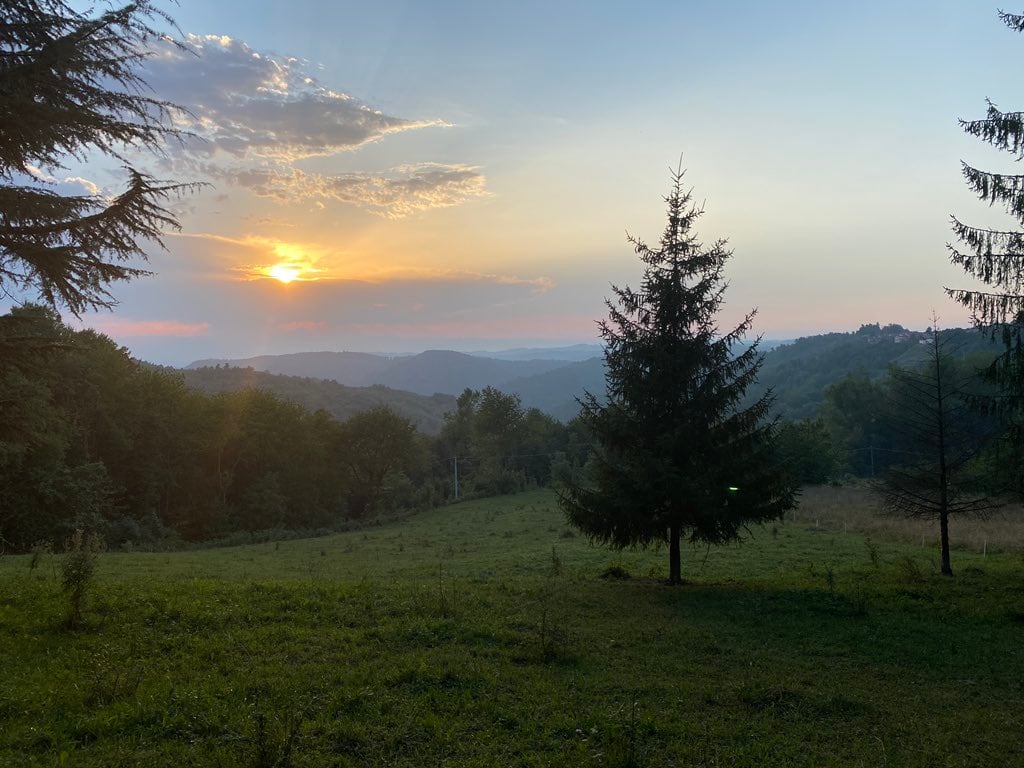
The view from Jon’s property. Photo: Jon Freeman
Jon, who has since flown back to the UK but is hoping to return to Montezemolo soon, has his own advice for others looking to buy a home in Italy from overseas.
“I think the moral of the story is be patient, there are still bargains to be had in the market and when you find the one grab it with both hands and never look back,” he says.
Now that Italy’s lockdown is over, though, we’d suggest you at least visit your new home. Preferably before you buy it.

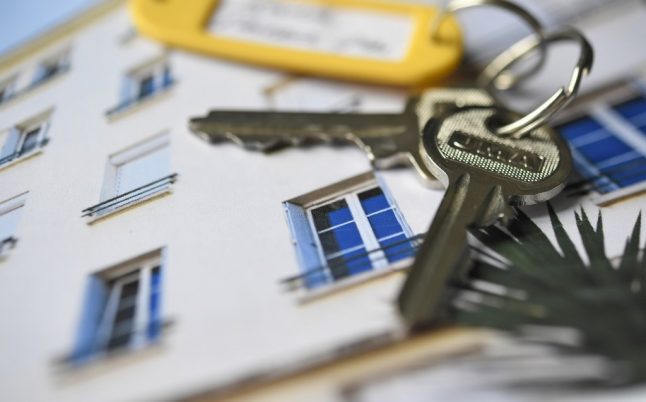


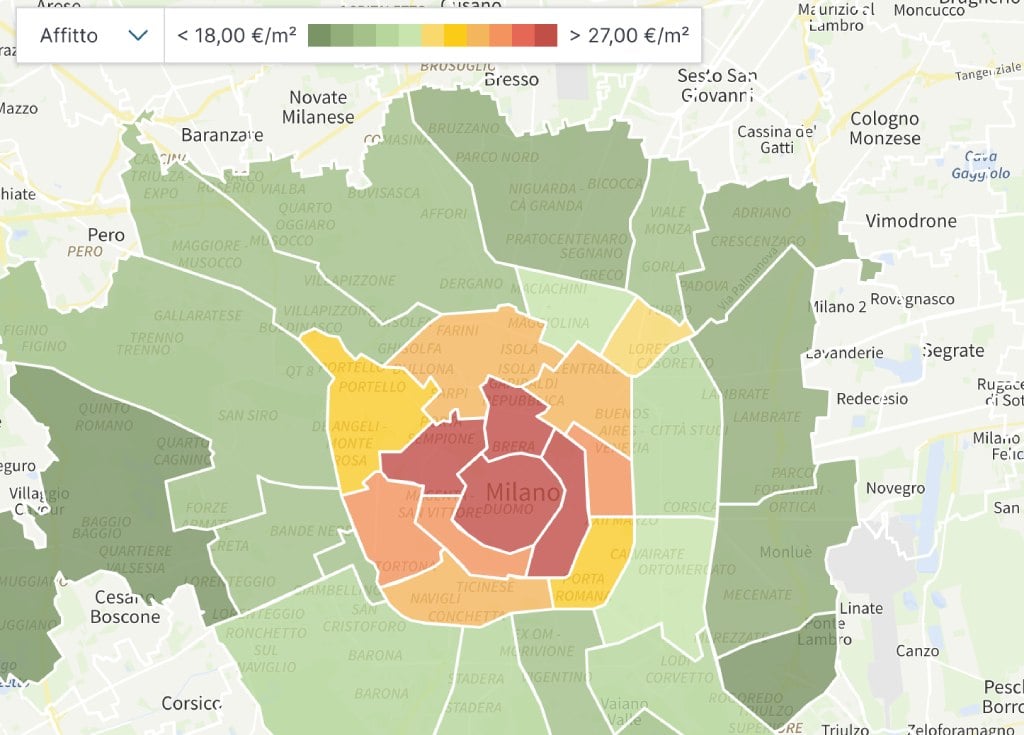
 Please whitelist us to continue reading.
Please whitelist us to continue reading.
we too did exactly the same this year, when we bought an house in pontremoli in tuscany.. we decided to just go for it, we had seen the pictures, and got the agent to send us a video of the house.. that was it we were sold!
we have visited the house in august for 2 weeks (5 days quarrantine) and we love it.. we cannot wait to return in november.